One of my favourite fabrics to work with here at Urbanknit is the wonderful Aso-oke fabric. The history, the colours and even the ‘format’ it comes in are all very interesting. Most of all I love the story and this is my own way of capturing some of it. My aim is to look at the history, manufacturing techniques, fabric care etc of Aso-oke and I will update this post with any additional information as it is found. Please join in the discussion by asking questions, offering your own insights and opinions about it. Here goes!
Aso-Òkè
Aso-Oke (pronounced ah-SHOW-kay) is short for Aso Ilu Oke which means clothes from the up-country. It is also sometimes refereed to as Aso-Ofi. It is a hand woven cloth made mostly by the Yoruba tribe of south west Nigeria. The woven strips are sewn together to make clothing.
CLOTHING
A Yoruba woman’s complete outfit would consist of the following;
- Iro– a large piece tied like a wrap-around skirt
- Buba– a loose fit blouse
- Gele– a headtie
- Pele– a shawl that goes around the waist
- Iborun– a scarf
A Yoruba man’s complete outfit would consist of the following;
- Buba– a loose fit top/shirt
- Shokoto– trousers
- Agbada– a large robe worn over the Buba

Men’s Agbada- Photo courtesy of ZODML http://www.zodml.org
Aso-oke is usually worn on special occasions like coronations, festivals, weddings, funerals, engagement parties, naming ceremonies and other important events. It serves traditionally as formal wear. Aso-Oke is often also worn as Aso-Ebi (ebi meaning friends, and/or family) where similar colours are worn by all to a particular event to symbolise unity.
There are several fabrics that are similar in nature to Aso-oke, i.e. fabrics that are handwoven in strips. There is Kente from Ghana, Akwete also from Nigeria just to name a few.
PRODUCTION:
The cloth is produced mainly in Iseyin (Oyo state), Ede (Osun state) and Okene (Kogi state) all in Southern Nigeria.
TYPES OF ASO-OKE:
Originally there were three main types of traditional Aso-oke based on their colours. The original versions of these cloths are now quite rare and are fast becoming vintage finds.
Etu
Etu is a deep blue, almost black, indigo dyed cloth often with very thin light blue stripes. Etu means guinea fowl, and the cloth is said to resemble the bird’s plumage.
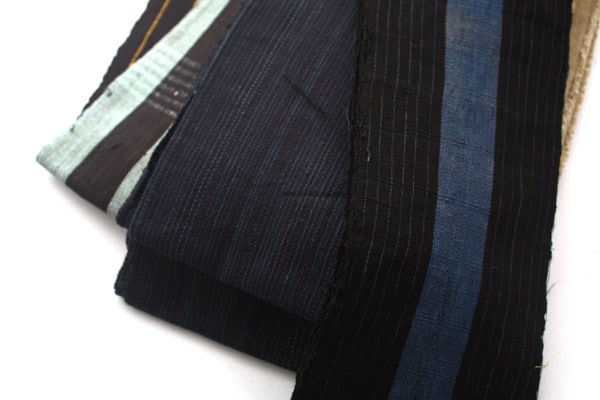
Sanyan
Sanyan is woven from the beige silk obtained locally from the cocoons of the Anaphe moth, forming a pale brown/beige cloth. This was commonly worn during weddings and funerals.
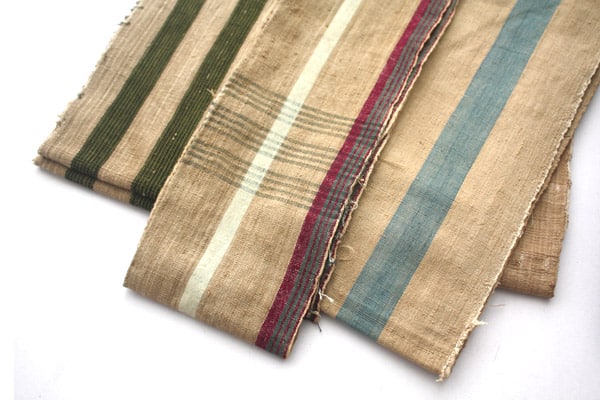
Alaari
Alaari is woven from magenta waste silk.
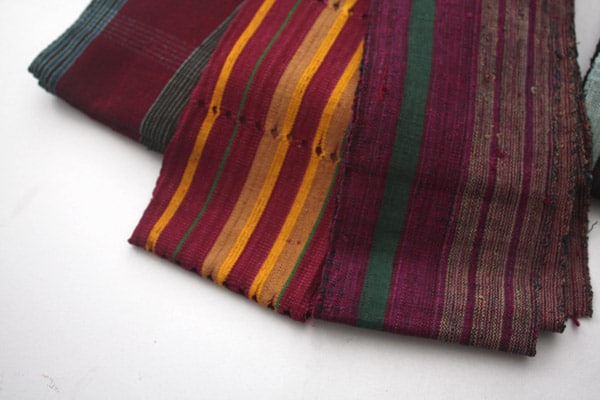
CARE OF ASO-OKE:
Aso-oke garments can be carefully handwashed or drycleaned. We would recommend that you spot-clean your Aso-oke accessories from Urbanknit. This will elongate the life of the fabric and your accessory.
Below are a few of our accessories which have been made out of this versatile, beautiful textile.
If you are looking to purchase Aso-oke fabric for your own creations then www.urbanstax.com have a great selection.


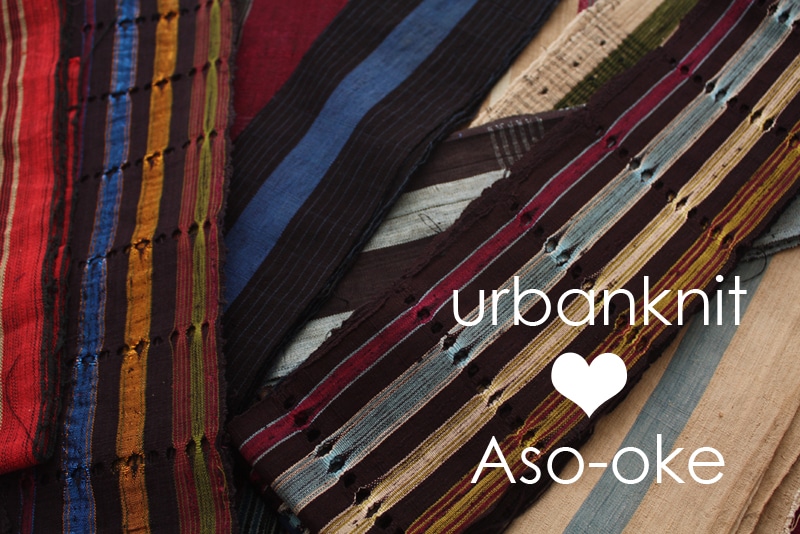
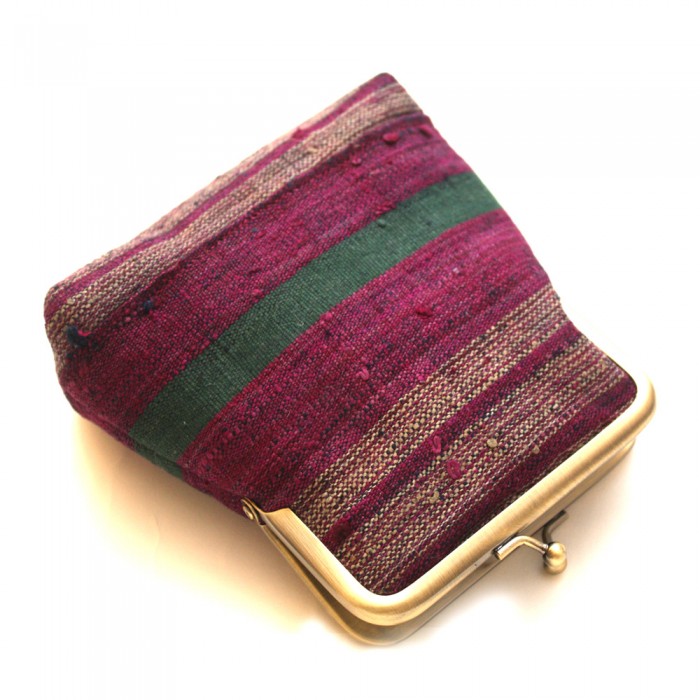
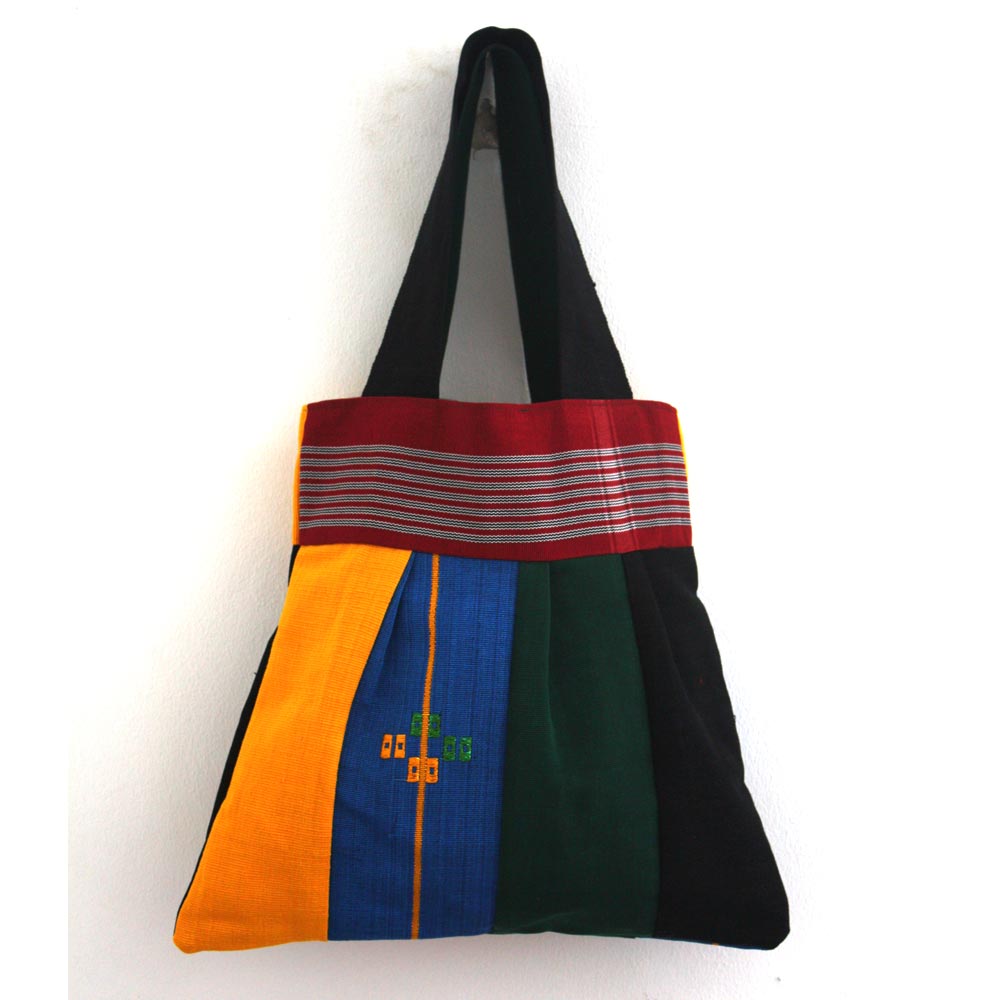
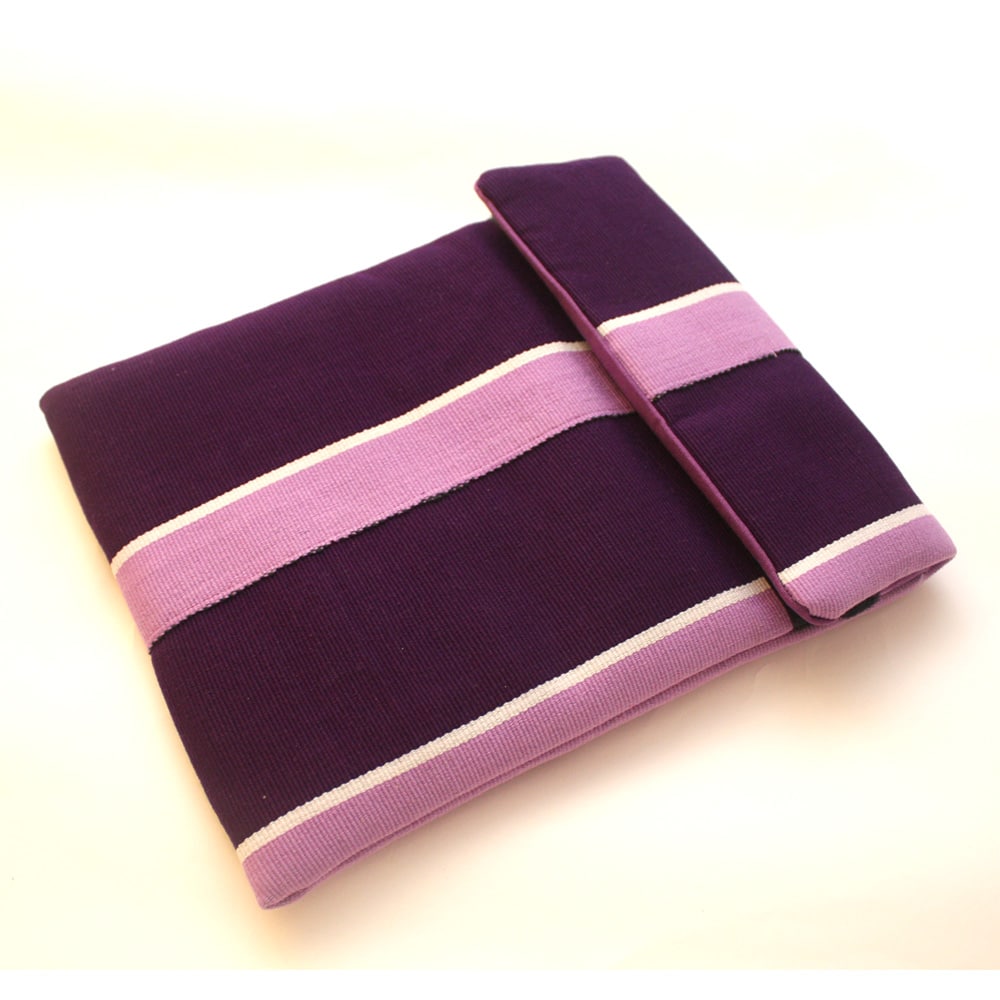
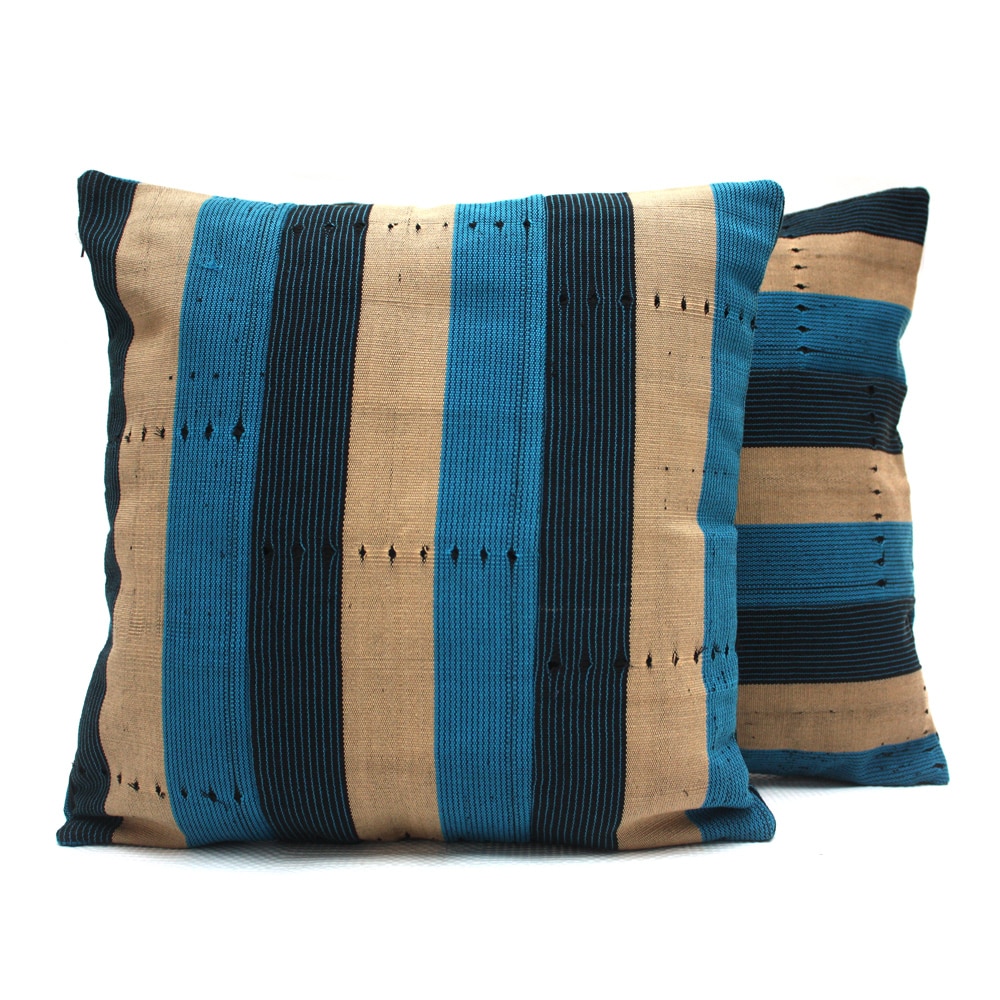
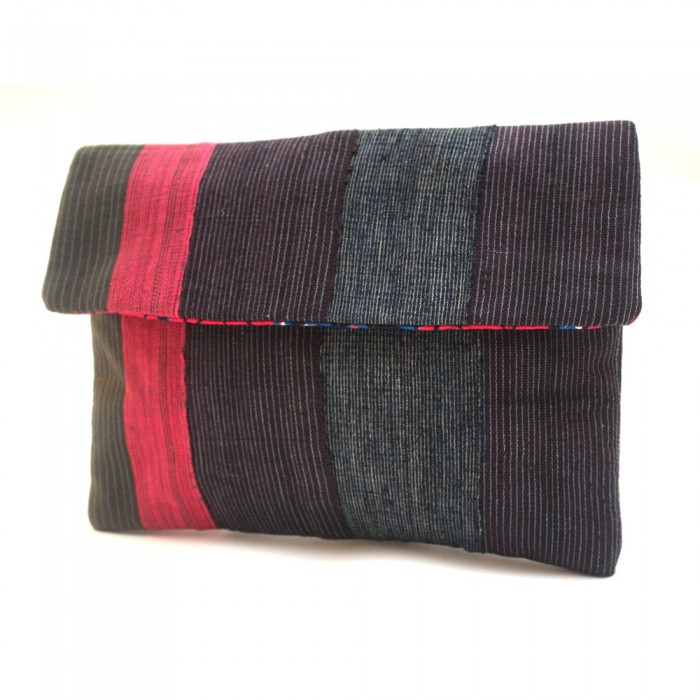
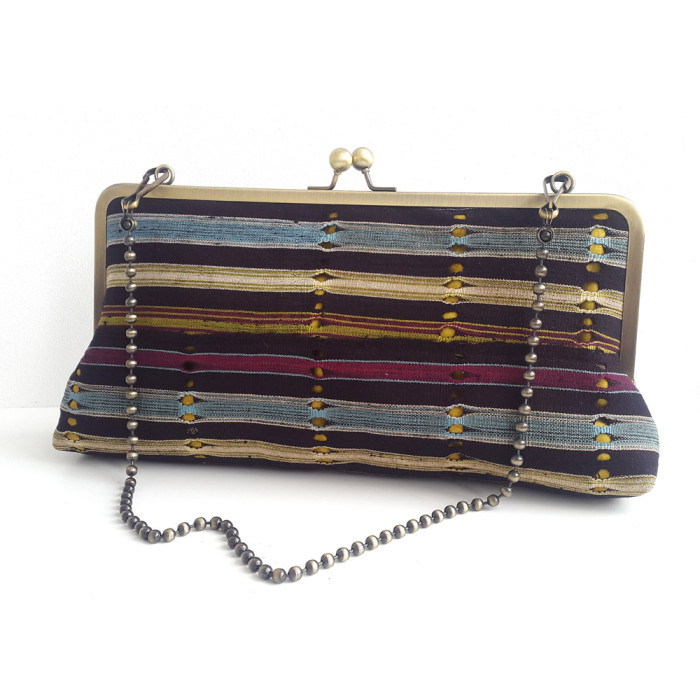
Is very interesting site